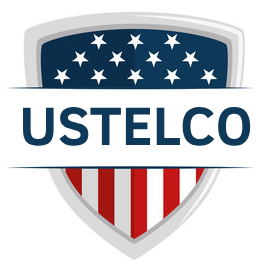Leadership & Strategic Vision
Engineered by Experts. Driven by Mission. Focused on Sovereignty.
Executive Leadership
USTelco’s leadership team is composed of industry veterans, national security strategists, and telecom compliance pioneers with decades of operational experience across Tier 1 carriers, regulatory bodies, and enterprise infrastructure platforms.
Our executives are not figureheads, they are active stewards of U.S. telecommunications policy, enforcement, and innovation. With direct engagement in FCC proceedings, federal compliance initiatives, and infrastructure security councils, our leadership ensures USTelco remains positioned as the trusted authority at the edge of America’s network.
“In today’s regulatory climate, leadership is defined by action, not access. USTelco’s leaders are the architects of telecom enforcement, not just participants.”

Executive Pillars of Leadership
Regulatory Enforcement First
Sovereign Infrastructure Control
AI-Centric Innovation Strategy
Client Protection Through Policy
Our Strategic Vision
USTelco is not here to compete with traditional telecom providers, we are here to redefine the gatekeeping standards they must meet. Our vision is simple, yet decisive:
1. Control the Ingress Layer
We are establishing USTelco as the de facto ingress control layer for all verified voice, messaging, and signaling into the U.S. network, whether domestic or international.
2. National CLEC Expansion
Through active CLEC licensing in all 50 states and U.S. territories, USTelco is building a parallel, compliance-first infrastructure that allows lawful origination, termination, and routing through trusted paths.
3. Global Call Authentication Hub
We aim to become the global validation partner for international carriers seeking access to U.S. destinations. Our STIR/SHAKEN signing authority ensures compliant traffic reaches American endpoints without disruption.
4. Operationalize AI-Driven Defense
Our roadmap includes full-scale deployment of AI-driven enforcement systems, from real-time call fingerprinting to behavior-based fraud scoring. These systems will automate decision-making at scale, reducing regulatory exposure and boosting quality assurance.
5. Powering Critical Communications
We are strategically aligning with emergency services, defense contractors, and public infrastructure agencies to ensure that when networks are under threat, USTelco remains the last line of signal continuity.
Built to Lead. Structured to Scale.
Contact
300 New Jersey Avenue NW
Suite 300
Washington, D.C. 20001
Stay Ahead of Voice Compliance & Infrastructure Shifts
Subscribe to get latest update & news

